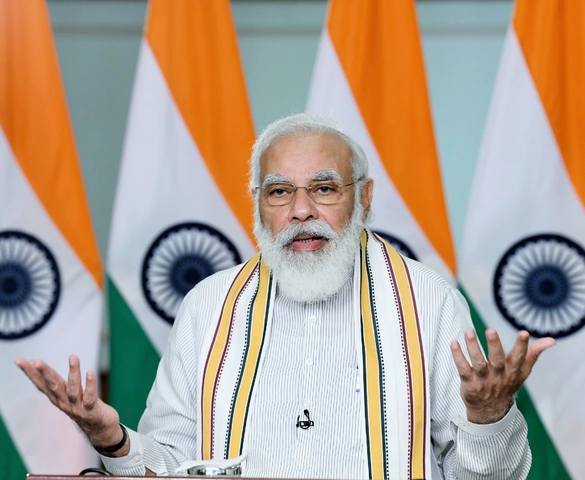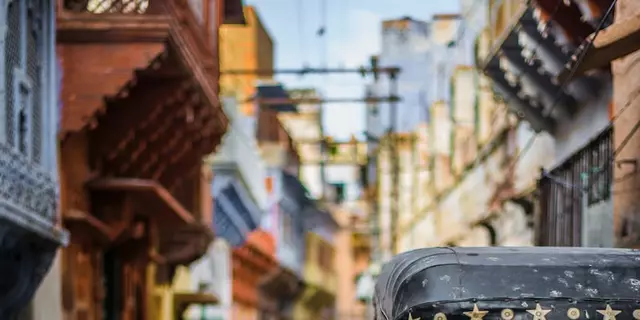Bangladesh – News, Analysis and Stories
When talking about Bangladesh, a South Asian nation of over 165 million people located on the fertile Bengal delta. Also known as People's Republic of Bangladesh, it shares borders with India and Myanmar and has a coastline along the Bay of Bengal. Its capital, Dhaka, the bustling political and economic hub where most government offices, universities and major corporations are concentrated, drives the country’s fast‑moving pace. The official language, Bengali, spoken by the majority and celebrated for its rich literary heritage, ties together a diverse population from the Chittagong Hill Tracts to the Sundarbans mangrove forest. Bangladesh’s story today blends rapid urban growth, a youthful workforce, and a resilient culture that leans on centuries‑old traditions while reaching for a modern future.
The backbone of the economy is the textile industry, a sector that accounts for roughly 80 % of export earnings and employs millions of workers, especially women. Bangladesh encompasses a vibrant textile sector that drives most of its export earnings, making the country one of the world’s top garment producers. Yet the same low‑lying geography demands robust flood management; seasonal monsoons and river swelling regularly threaten crops, homes and infrastructure, so Bangladesh requires effective flood management to protect its delta region. Another crucial lifeline is the flow of money from abroad – the remittances, funds sent home by millions of Bangladeshis working overseas, which support household consumption and fuel local investment. These remittances influence regional trade patterns, as families spend on education, health and small‑business ventures that add depth to the domestic market. Together, textiles, flood resilience and remittance inflows shape a complex economic tapestry, showing how Bangladesh balances growth with climate challenges.
Culture, Sports and the Road Ahead
Beyond numbers, Bangladesh thrives on cultural expression. From the colorful celebrations of Pohela Baisakh (Bengali New Year) to the soulful strains of Rabindra Sangeet, everyday life pulses with music, art and cuisine. Cricket is a national passion; the team’s recent victories have sparked stadium‑filled evenings and a surge in youth participation, reinforcing a sense of pride that stretches beyond the sport. Tourism is gaining momentum as travelers discover the serene tea gardens of Sylhet, the historic streets of Old Dhaka, and the unique wildlife of the Sundarbans, home to the world’s largest mangrove forest and Bengal tigers. As the country eyes its Vision 2025 goals – higher per‑capita income, universal primary education and improved healthcare – the blend of tradition and ambition creates a dynamic narrative.
All this context sets the stage for what you’ll find next. Below is a curated collection of recent stories, analyses and reports that dive deeper into Bangladesh’s politics, economics, culture and more. Whether you’re tracking policy shifts, looking for the latest sports headlines, or exploring social trends, these pieces provide the insight you need to stay informed about this fast‑changing nation. Stay with us as we unpack the headlines and uncover the forces shaping Bangladesh today.
Afghanistan edged Bangladesh by five wickets at Abu Dhabi's Zayed Cricket Stadium, bolstered by Rashid Khan's three‑for‑38 spell and Gurbaz's half‑century, giving them a 1‑0 series lead.




